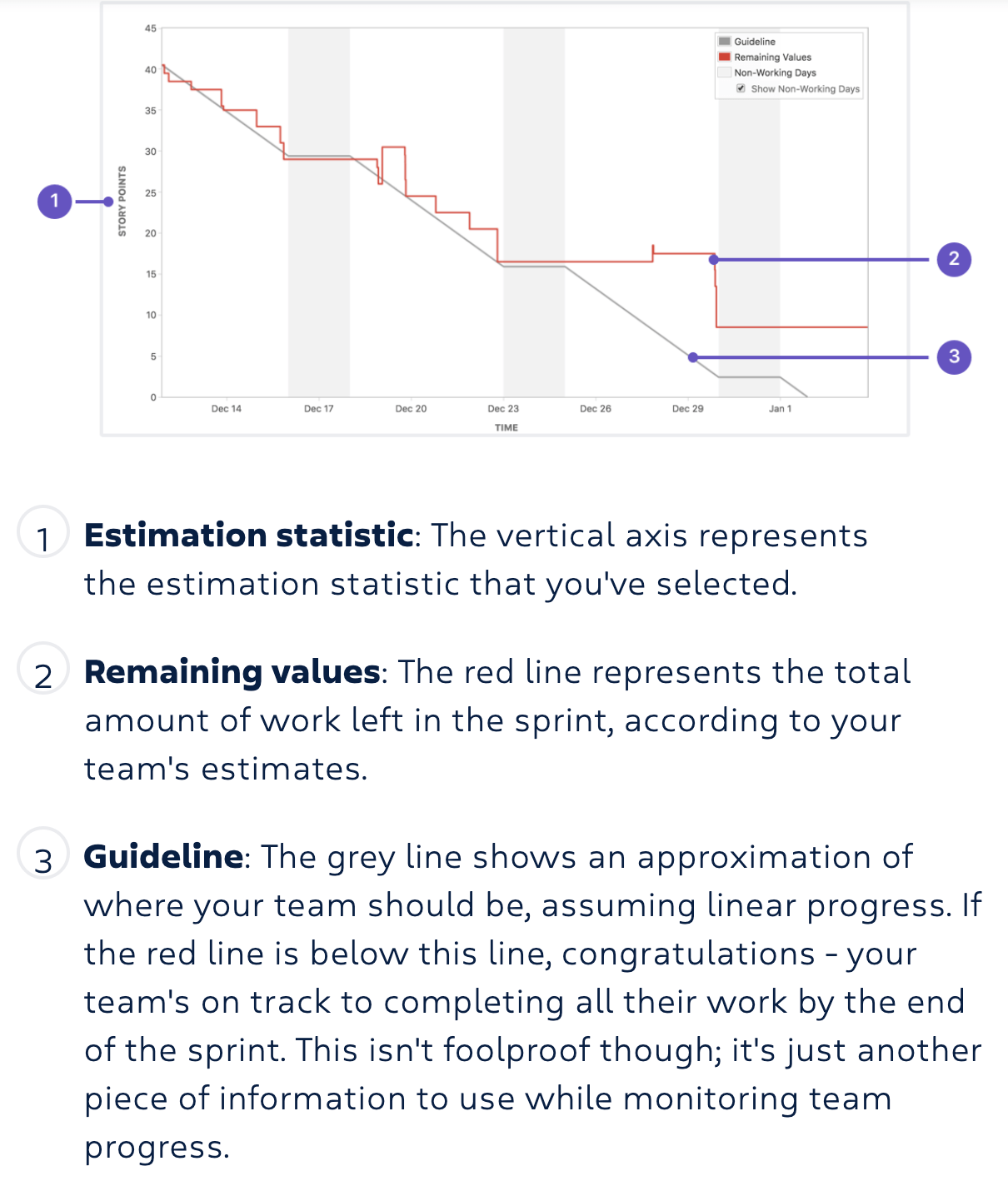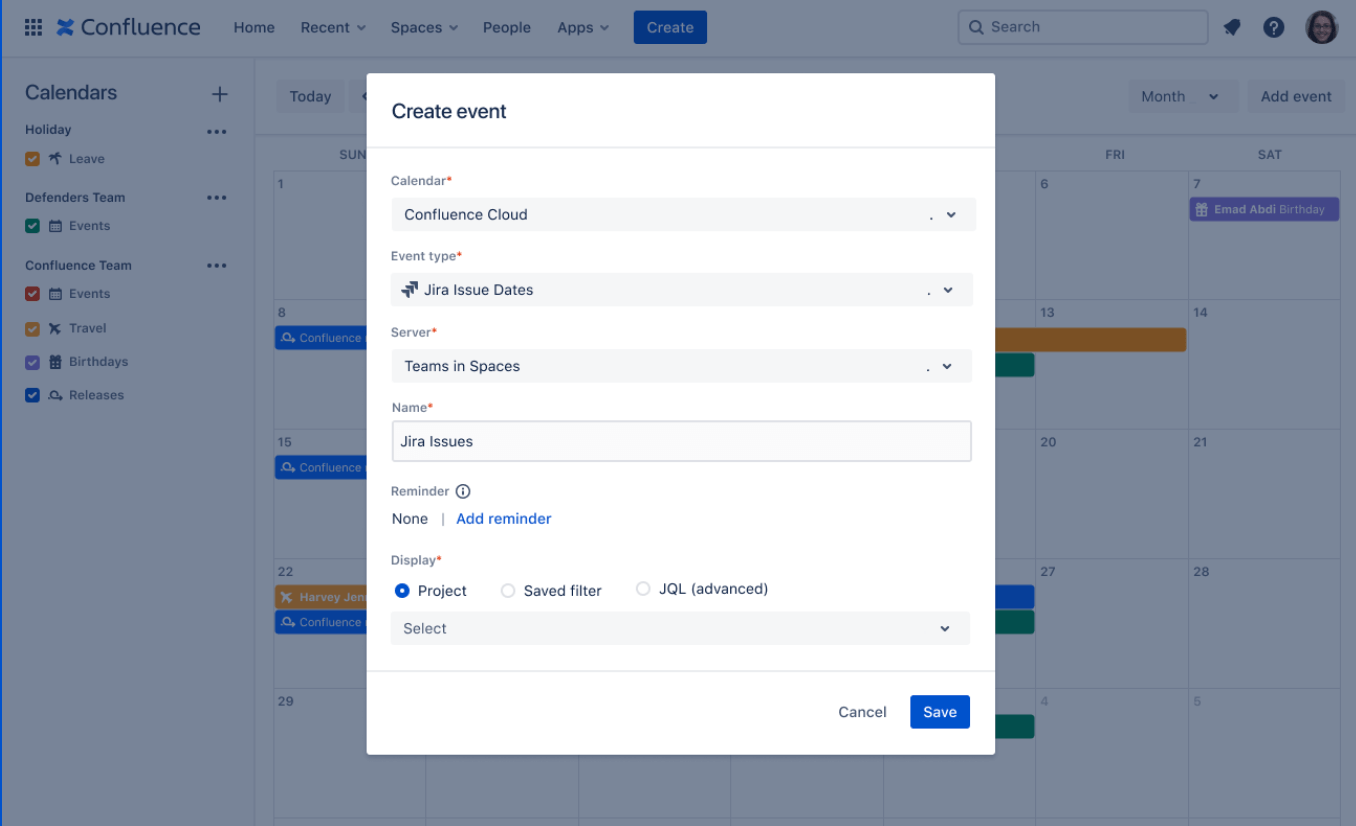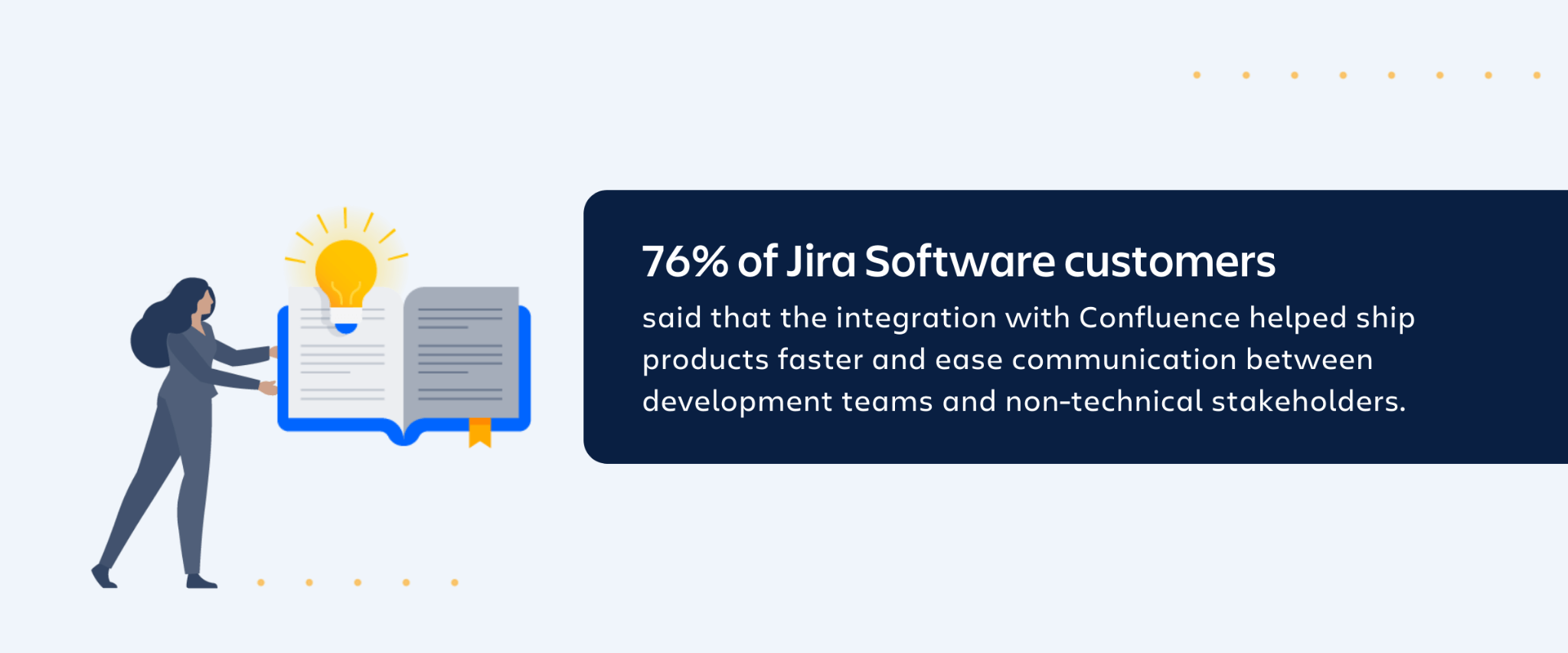Getting started with Jira, Confluence, and the scrum framework

Get started free with the Jira scrum template
Streamline your project and easily plan, track and manage work across sprints. The Jira scrum template includes boards, backlogs, roadmaps, reports — and more!
Key Takeaways
Confluence and Jira together support Agile teams with documentation, workflow management, and sprint tracking.
Jira manages boards, backlogs, and automation, while Confluence centralizes knowledge and collaboration.
Integration between Jira and Confluence enables seamless linking of tasks, reports, and project spaces.
Use both tools to enhance transparency, alignment, and efficiency in your Agile and project management processes.
Once your team is equipped with an agile mindset, it’s time to personalize your agile toolbox to best fit your organization’s needs. Keep in mind that agile is a learning process, and it’s important that every member of your team leverages their expertise to help adopt the new practices. The fluidity of agile is meant to help your team ebb, flow, and continue to evolve over time.
Two different agile frameworks can be used for agile software development: scrum and kanban. A scrum team tends to have a more rigid structure, clearly defined goals and deliverables, and predetermined team roles. On the other hand, kanban is a more fluid approach that introduces an extra layer of visibility for the project. This visual management system showcases the bigger picture for your team and increases efficiency through a lean management approach. While they are different, the two can be used simultaneously. In fact, kanban is often adopted by scrum teams to visually optimize their sprint workflow.
Need-to-know agile terminology
Getting started with the implementation of agile tools can sometimes feel a bit overwhelming. To help combat this, we’ve gathered some need-to-know terms that will get your team ‘sprinting’ in no time. Let’s take a look at two of the most common scrum events used in agile project management.
Sprint
A sprint is a short, time-boxed period during which a scrum team works to complete a set amount of work. Sprints are highly effective in the scrum framework because they make projects more manageable and allow teams to work quickly and efficiently. The length of the sprint usually ranges anywhere from one to four weeks, but most commonly spans two weeks. Regardless of which timeframe you choose, it should be short enough to mitigate risks, but long enough for your team to complete the work.
Jira is a great tool that helps agile teams visualize and manage their work. The goal at the end of a sprint is for your team to create an increment of a developing product. Jira streamlines sprints in real-time by allowing your team to visually organize the backlog, estimate user stories, adjust sprint scope, adjust velocity, and re-prioritize issues. Once your team is familiar with the software, Jira offers the advanced ability to automate your processes and optimize your sprint workflow.
Daily scrum
Scrum is a framework that uses the agile mindset to help teams organize, reflect, and plan every working day of the sprint. Daily scrum is a quick, 10-15 minute sync that allows the team to discuss their progress at a high level. These meetings allow members to share important information, discuss any blockers or issues, and hold each other accountable for their tasks. Daily scrums also keep employees energized and engaged with each other, which increases overall team satisfaction.
While the sound of daily meetings might ignite some resistance from your team, it’s important to understand that a daily scrum isn’t parallel to a traditional meeting. Daily scrums are used as “check-ins” rather than extensive sit-downs. Don’t let this turn into an hour-long meeting that gets in the way of other work! These stand-ups are a risk mitigation practice that ensures everyone is on the same page.
A successful and valuable daily scrum includes updates on what the team is currently working on, if and how they need support, and clarity on any potential task blockers. Your team should inspect current progress towards the sprint goal and create a plan for the day. There are three important questions that should be addressed by your team members during every scrum meeting:
What did I work on yesterday?
What am I working on today?
What issues are blocking me?
To provide additional insight during the scrum, your team can use a scrum board in Jira or a burndown chart to show the amount of work that has already been completed in the sprint, as well as the total work remaining. Additionally, we have compiled an extensive list of accessible documentation to help your team streamline the agile process and get the most out of your daily scrums

While the purpose of these stand-ups remains fairly consistent, there is no set cookie-cutter approach to a scrum meeting. Your team’s scrums should be personalized in a way that works for every team member and keeps everyone excited for the workday ahead.
A breakdown of the scrum framework
Now that your team understands how sprints and daily scrums are relevant to the agile development process, it’s time to take a closer look at the ceremonies, or events, that occur within the scrum framework. These ceremonies create regularity and help teams maintain transparent communication. There are usually two simultaneous tracks: 'getting ready to sprint', and 'actually sprinting'. Then, there’s also the 'post-sprint' stage.
Every sprint should begin with sprint planning. During this ceremony, the whole scrum team defines what they can deliver in the sprint, as well as how that work will be achieved. As the team sets out to start a new project, they will encounter a long list of tasks and requirements that will need to be accomplished. This information is stored in the product backlog — also known as the ultimate running to-do list.
Once a team is ‘actually sprinting’, they will get together at the end of the sprint to review this backlog and see what was actually accomplished. This ceremony is called a sprint review and is a great time to demo a product release and receive feedback from team members. The backlog will also be reworked during this review to serve as a starting point for the next sprint.
The last step of every sprint is the team retrospective, a ‘post-sprint’ ceremony where the team comes together to determine what worked well, and what didn’t. This retrospective is a great way to create a safe space for the team members to communicate about what happened during the sprint. Teams can use the retro to talk about just about anything and use the conversation to improve future processes.
Sprinting in Jira and Confluence
So, how exactly do Jira and Confluence fit into this agile development, ceremony-filled process?
Confluence and Jira are powerful tools on their own. Together, they transform the way that your team collaborates on projects, builds software, tracks key decisions, and more.
We mentioned two simultaneous tracks: 'getting ready to sprint' and 'actually sprinting'. Teams use Jira to visualize these tracks by setting up a custom workflow across two Jira boards. These boards are known as the Refinement Board and the Sprint Board. Most teams have a sprint board, but not many have an effective refinement board. The goal of the refinement board is to ensure work is prepared and planned properly in order to conduct a successful sprint.
Confluence acts as the hub for all of your team’s collaboration needs. Sprint cadence can be viewed and tracked in team calendars, bringing transparency to the entire project and team. Team calendars automatically stay up-to-date with the backlog, and can be easily shared with the project stakeholders.


Advanced permissions allow team members or small groups to work privately on a document while it’s still in progress. Meeting notes, project plans, collective knowledge bases, and so much more all come together to make Confluence every agile team’s dream workspace.
One of the best things about using Jira and Confluence together is that the tools and plans are designed to grow alongside your team. Here are a few additional features that your team can utilize when using these powerhouses:
Jira:
Velocity tracking - The Velocity Chart shows the amount of value delivered in each sprint, enabling you to predict the amount of work your team can get done in future sprints. It is useful during sprint planning meetings to help your team decide how much work they can feasibly commit to.
Team health monitor - The Health Monitor assesses your team against the eight attributes most commonly found among healthy teams. At the end of the Health Monitor session, you will identify strengths for your team to exploit, as well as challenge areas to grow.
Confluence:
Templates - Confluence is the Canva of project management! From product requirements to marketing plans, create it all in Confluence. There is a template that’s a perfect fit for every single project.
Macros - Macros help extend the capabilities of your Confluence pages, allowing you to add extra functionality or include dynamic content. You can use macros to change the format and layout of a page, display media, and organize content.
Taking agile to the next level
Jira and Confluence help teams stay organized and efficiently go from planning to execution without a hitch. These tools have everything that your team needs to become a high-performing agile team right from the start. In fact, 76% of Jira customers said that the integration with Confluence helped ship products faster and ease communication between development teams and non-technical stakeholders.

If you’re on the edge of your seat and ready to learn more, it’s time to take a deep dive into how to use Confluence and Jira for every stage of an agile sprint.
Recommended for you
Templates
Ready-made Jira templates
Browse our library of custom Jira templates for various teams, departments, and workflows.
Product guide
A comprehensive introduction to Jira
Use this step-by-step guide to discover essential features and the best practices to maximize your productivity.
Git Guide
Understanding the Basics of Git
From beginners to advanced experts, use this guide to Git to learn the basics with helpful tutorials and tips.